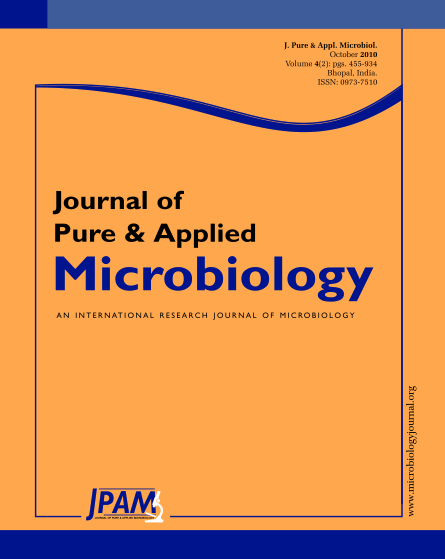As the young mammal is unable to develop efficiently its own local immune responses in the first few days after birth, the passive mucosal protection of neonate piglets is dependent on the continuous supply until weaning of maternal immunoglobulin. To deep evaluate the efficacy of maternal vaccination in swine, in this research, virulence factor genes of prevalent E. coli isolates from diarrheic piglets were determined, and two dominant pathogenic Escherichia coli isolates were screened out and inactivated to use as antigens to vaccinate pregnant sows. The maternal immunity was evaluated based on the titers of antigen-specific milk antibodies, brush border cells adherence inhibition and the passive protective efficacy of newborn piglets. It was confirmed that maternal immunization could result 2 weeks in the appearance of F4- and F6- specific antibodies in the milk. In addition, the immune colostrum exhibited the ability to inhibit the binding of F4- and/or F6-positive E. coli to porcine brush borders, while the control samples without the blocking action. Furthermore, maternal vaccination could significantly reduce the diarrhea incidence rate from 55.5% to 15.2% and evidently postpone the disease time from day 6.32 to 12.29 in average.
Piglet, Neonatal diarrhea, Maternal vaccination
© The Author(s) 2010. Open Access. This article is distributed under the terms of the Creative Commons Attribution 4.0 International License which permits unrestricted use, sharing, distribution, and reproduction in any medium, provided you give appropriate credit to the original author(s) and the source, provide a link to the Creative Commons license, and indicate if changes were made.


